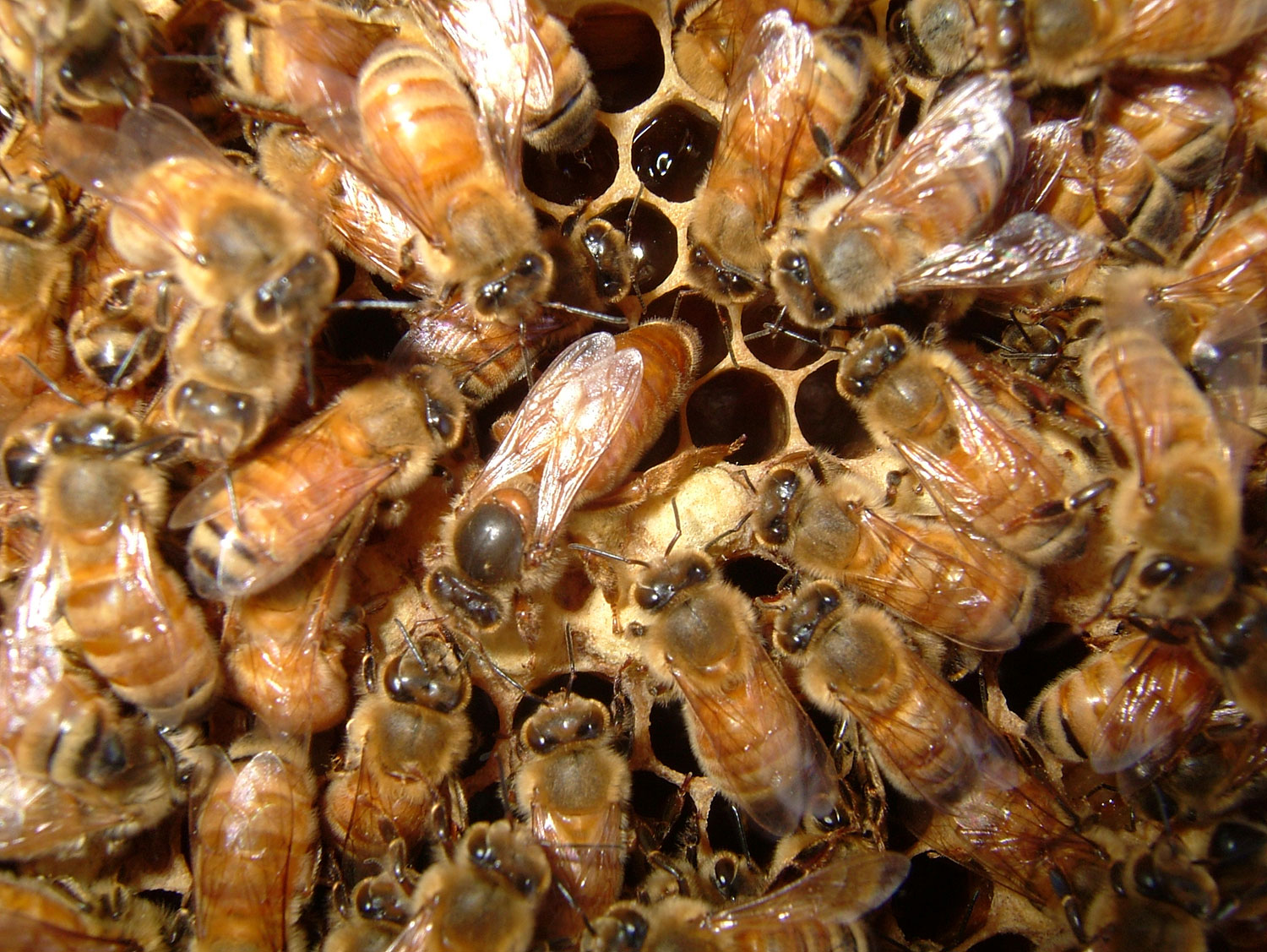Horticulture Innovation Australia, the Australian Honey Bee Industry Council and Grain Producers Australia have joined forces to deliver a $3M program that will see bee surveillance bolstered at 32 of the nation’s riskiest ports.
Horticulture Innovation Australia chief executive John Lloyd said the new enhanced bee pest surveillance program would provide the best chance for early detection and eradication of exotic industry pests.
“We are fortunate that a lot of the pests and diseases that are serious threats to bees, and plant food industries, are not on Australian shores,” he said, listing Varroa and other mites, exotic bees and certain beetles as high priority pests.
“However that isn’t luck. It’s the result of intensive, world-leading research efforts combined with the vigilance and support of organisations and government agencies across the country.”
Led by Plant Health Australia, this project will include a boost in the number of catchboxes that trap exotic bees and pests at various ports, and more teams will be on the ground using nets to detect any exotic bees foraging on key plants within a 600m zone of the ports.
On top of that, there will be an increase in the number of honey bee hives located across ports with surveillance officers trained in the latest hive inspection measures to detect Varroa mite and other exotic pests.










